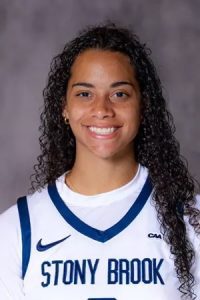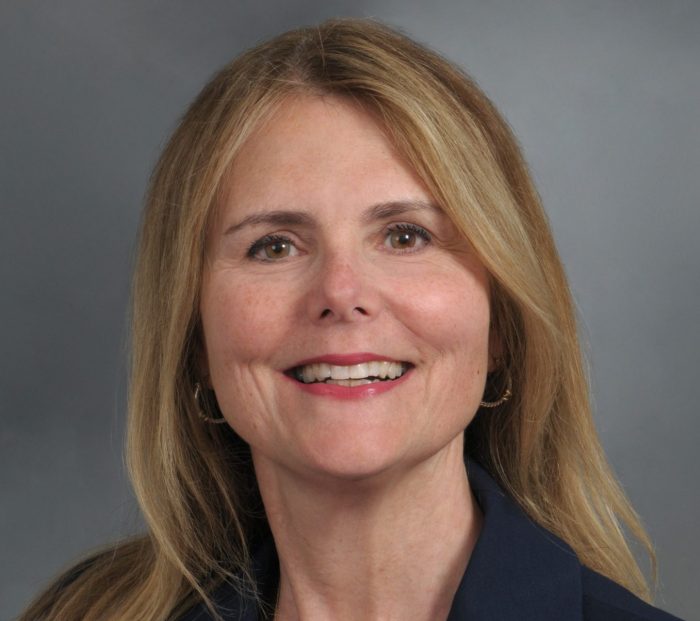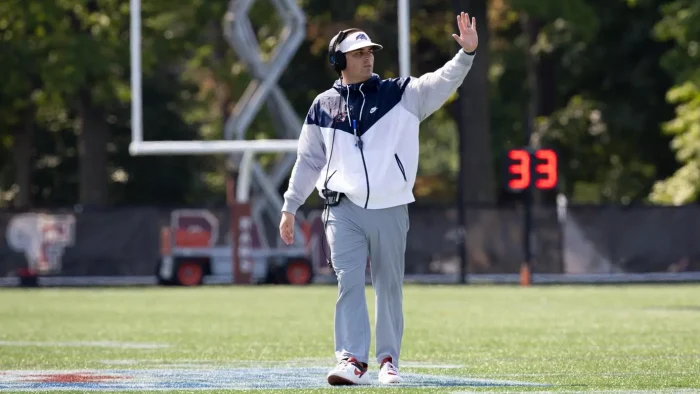Following their best season since 2018, the Stony Brook football team, in collaboration with the Coastal Athletic Association (CAA), has unveiled its 2025 schedule. The Seawolves will play six games at LaValle Stadium, open their season with a historic trip to San Diego, and the much-anticipated “Battle for the Golden Apple” at UAlbany.
Season Opener in San Diego
Stony Brook begins its 2025 campaign on August 28 with a first-ever matchup against San Diego State. The game marks the Seawolves’ sole FBS opponent of the season, extending their streak of competing against at least one FBS team every full season since 2010. Stony Brook will aim to secure its second all-time victory over an FBS opponent, with their first win coming against Army in 2012.
Home Opener at LaValle Stadium
The Seawolves return to LaValle Stadium on September 6 to face Rhode Island in their first meeting since 2023. Stony Brook holds a 7-3 all-time record against the Rams and will look to snap a three-game losing streak against the Rams. Stony Brook ended a 13-game losing streak with their victory over Stonehill in last season’s home-opener and owns 6-5 record in their last 11 home openers dating back to 2013-14.
Rivalry with Fordham Continues
On September 13, the Seawolves host Fordham in their ninth all-time meeting. After three consecutive losses to the Rams from 2021 to 2023, Stony Brook claimed a 27-21 victory in the Bronx last season. The all-time series is currently tied 4-4, 2-2 on the road and home, with Stony Brook seeking to gain the edge.
First-Ever Trip to Lindenwood
Stony Brook will head to Saint Charles, Missouri, on September 20 for its inaugural matchup against Lindenwood University. Lindenwood, coming off a 5-7 season, highlighted by a victory over No. 6 Southeast Missouri State, represents a fresh challenge for the Seawolves.
Non-Conference Finale vs. Merrimack
On September 27, Stony Brook welcomes Merrimack to LaValle Stadium for the first time since 1998. The Seawolves hold a 2-0 all-time record against Merrimack, whose 2024 season featured victories over 2024 Stony Brook opponents in Fordham, Stonehill, and Morgan State.
Battle for the Golden Apple
Stony Brook will travel to UAlbany on October 4 to defend the Golden Apple after reclaiming it in 2024. This will mark the 27th meeting between the rivals, including the 11th straight season with both schools members of the CAA, with UAlbany leading the series 15-11.
Road Game at Monmouth
Following a bye week, the Seawolves travel to the Jersey Shore to face Monmouth on October 18. Stony Brook seeks to end a three-game losing streak against the Hawks and avenge their 2024 season finale defeat. This marks the 11th meeting all-time between these two programs, Monmouth holding the series lead with seven wins and three defeats.
Home Clash with Towson
The Seawolves host Towson on October 25 for the 11th meeting between the teams. Stony Brook snapped a three-game losing streak to the Tigers in 2024 with a record-setting six-touchdown performance by quarterback Tyler Knoop. The Seawolves will be looking for their first victory at LaValle Stadium over the Tigers since 2017.
Voyage to Maine
Stony Brook begins the final month of the regular season on November 1 with a trip to Orono to face Maine. This will be the Seawolves’ first visit to Maine since their 2023 defeat and marks the 11th all-time meeting between the programs. The Black Bears hold a 6-4 advantage in the series, including a 4-2 record in games played at Maine.
Matchup Against the Aggies
On November 8, Stony Brook will host North Carolina A&T in the first-ever meeting between the two programs. The Aggies joined the Coastal Athletic Association (CAA) in 2023 and have posted a 2-21 (0-16 CAA) record over their two seasons in the conference. Before joining the CAA, North Carolina A&T recorded a 12-10 record from 2021-23 in the Big South and dominated the MEAC with a 31-5 record over their final three seasons in the league.
The Final Road Trip
The Seawolves will travel to Villanova on November 15 for a challenging matchup against an FCS Playoff contender. This will be the ninth all-time meeting between the programs, with Stony Brook looking to avenge their 2024 defeat at LaValle Stadium. The Seawolves’ last two victories over the Wildcats came against ranked Villanova teams, and they are seeking their first win in the series since 2019.
Home Finale
Stony Brook concludes the regular season on November 22 with a home game against Bryant. The Seawolves secured an overtime victory in their 2024 meeting in Rhode Island and hold a 3-2 advantage in the all-time series. Stony Brook has won three consecutive games against the Bulldogs, dating back to 2018.
About the 2025 CAA Schedule
The conference slate includes four home games and four road contests for each team. There is at least one conference game during all 13 weeks of the schedule, starting with Campbell at defending champion Rhode Island on Friday, August 29.
The non-conference schedule features 16 games against FBS opponents, including three Big Ten opponents (Iowa, Maryland, Penn State) and three ACC foes (Duke, NC State, Virginia).
Four CAA Football teams earned FCS playoffs berths in 2024, which marked the third year in a row and 14th time overall that at least four teams were chosen. The conference has had at least one team
advance to the semifinals in 10 of the last 12 years and has had a team reach the national championship game 11 times since 2003.
To purchase season tickets, call 631-632-WOLF (9653) or email the ticket office at [email protected].















